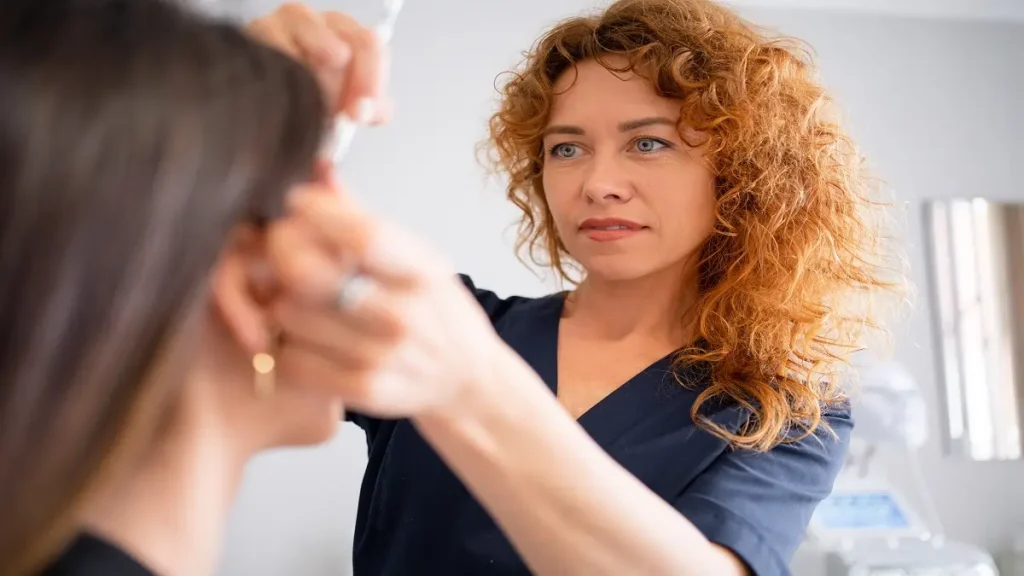Upper Blepharoplasty
What is an Upper Blepharoplasty? Upper blepharoplasty, also known as an eyelid lift, is a surgical procedure performed to address sagging or drooping upper eyelids. It aims to improve the appearance of the eyes and restore a more youthful and refreshed look. The procedure starts with the administration of anesthesia to ensure the patient’s comfort […]









